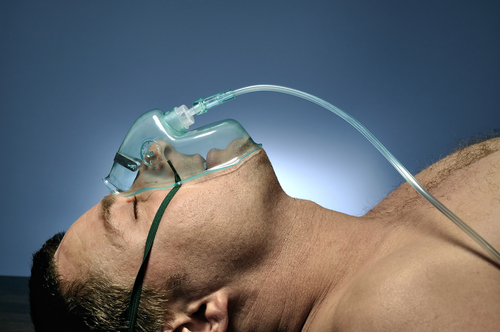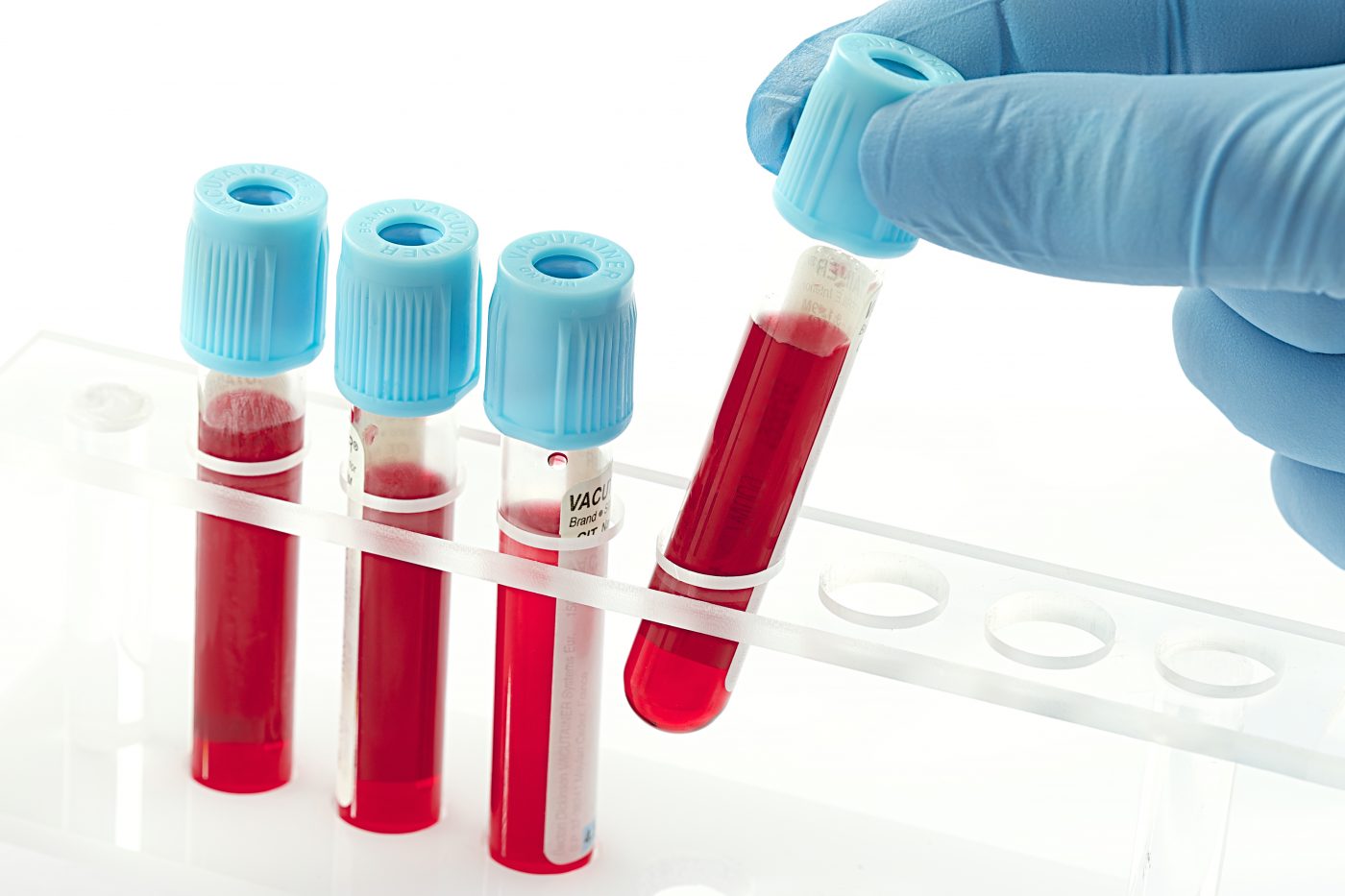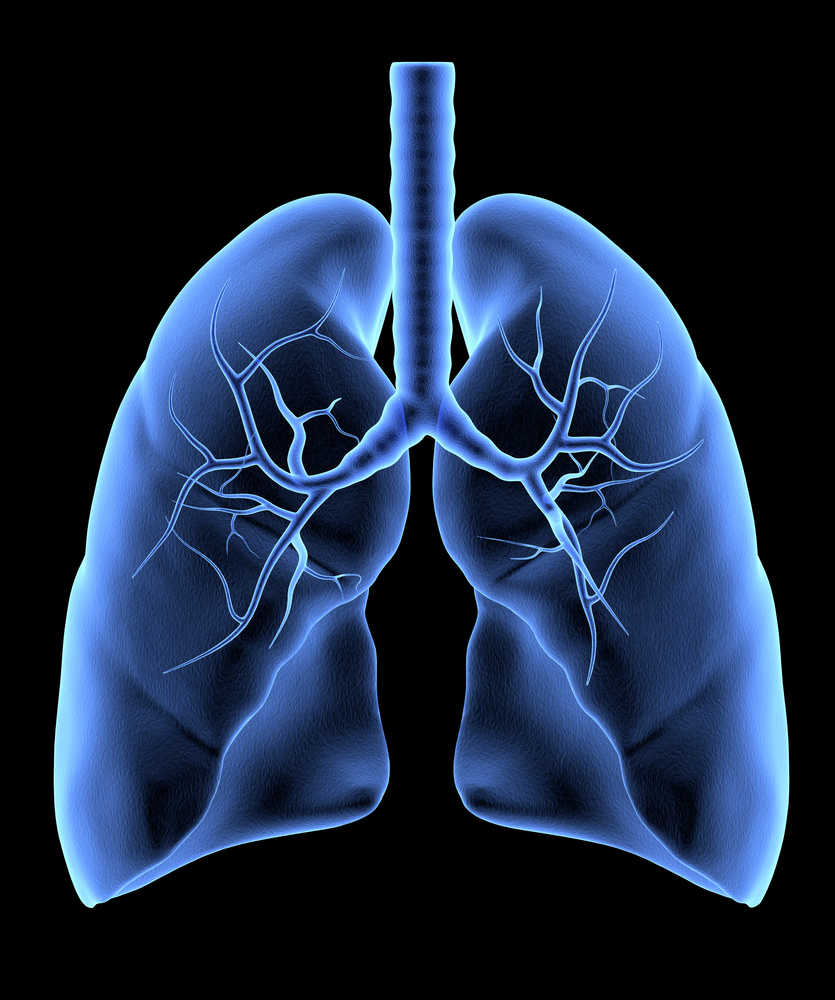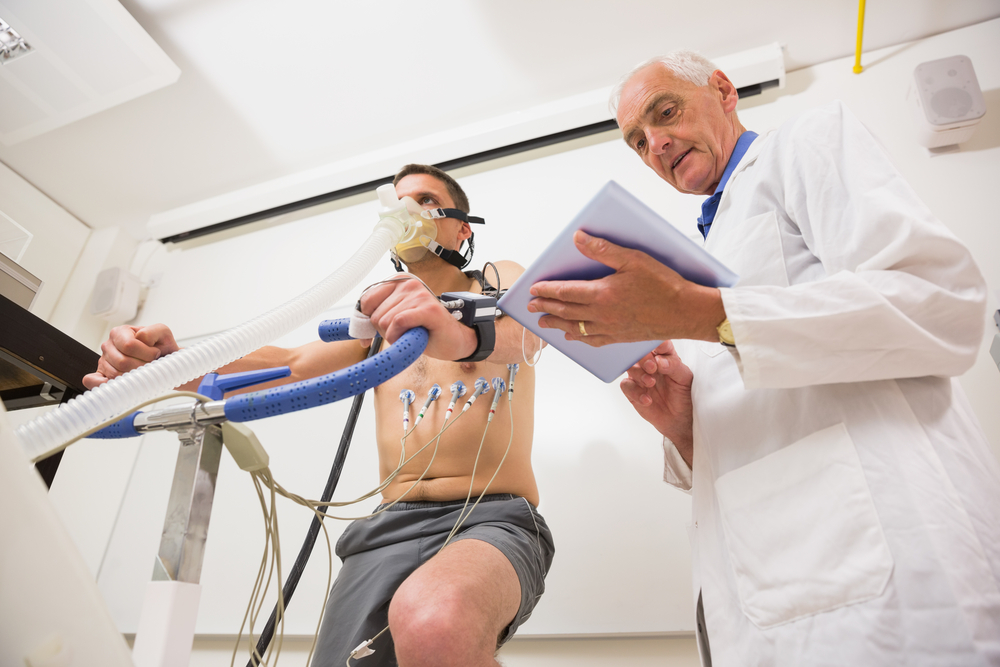6 Ways to Diagnose Pulmonary Fibrosis
Written by |

Pulmonary fibrosis is a disease that affects the respiratory system by the thickening and stiffening of lung tissue, which ends up as scar tissue. In cases when physicians are unable to identify the root cause of the disease, it is called idiopathic pulmonary fibrosis.
There is no single test that is able to correctly diagnose pulmonary fibrosis, which is why a group of diagnostic tests is often required to make a full diagnosis. Here’s a list of six ways to diagnose pulmonary fibrosis:
1. Chest X-ray, which generates a picture of the chest structures such as the heart and lungs and allows physicians to search for shadows that indicate scar tissue.

2. Breathing tests to find out how much lung damage you have: Lung function tests are also used to measure the amount of air that can be blown out of the lungs after a deep breath as well as the speed of breath, which helps to understand the damage in the lungs.

3. Blood tests to check for oxygen levels in your bloodstream and for possible infections: An arterial blood gas test is also used to measure the levels of oxygen and carbon dioxide by collecting and analyzing a sample of blood from an artery, usually in the wrist. The arterial blood gas test is considered to be more accurate than the pulse oximetry test.

4. Lung biopsy, done during bronchoscopy or as a surgical procedure. The biopsy removes a sample of lung tissue for your doctor to study.

5. CT scan: A high-resolution computed tomography (HRCT) scan is a type of x-ray with higher precision and more detail.

6. Exercise testing to find out how well your lungs move oxygen and carbon dioxide in and out of your bloodstream. During an exercise test, patients walk or pedal for a few minutes, which is used to reveal how the lungs move oxygen and carbon dioxide in and out of the bloodstream.
Learn more about pulmonary fibrosis here.
Pulmonary Fibrosis News is strictly a news and information website about the disease. It does not provide medical advice, diagnosis or treatment. This content is not intended to be a substitute for professional medical advice, diagnosis, or treatment. Always seek the advice of your physician or other qualified health provider with any questions you may have regarding a medical condition. Never disregard professional medical advice or delay in seeking it because of something you have read on this website.







